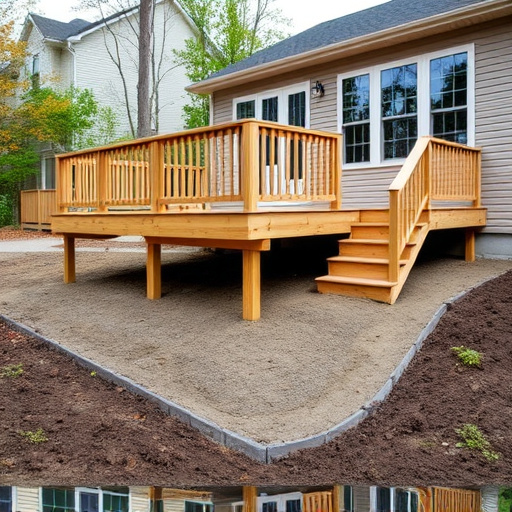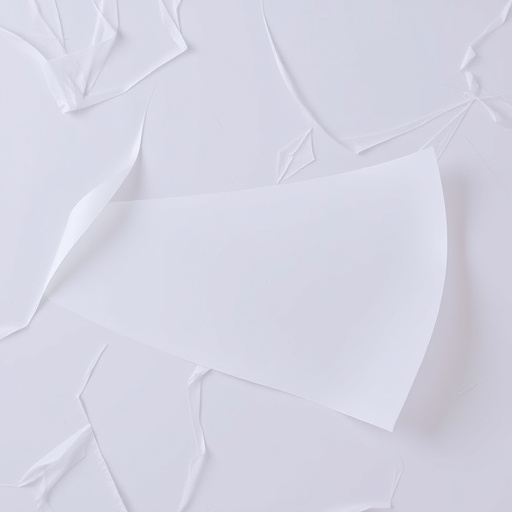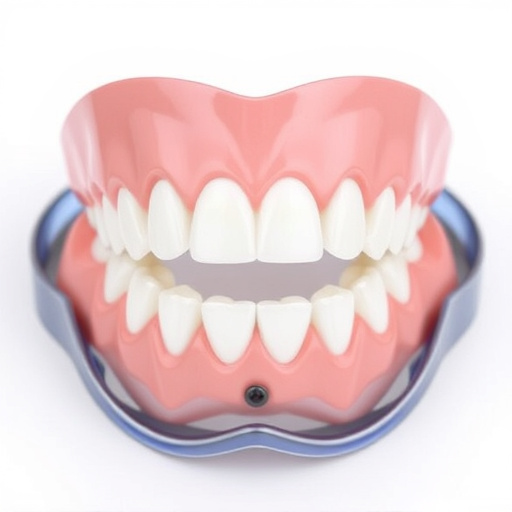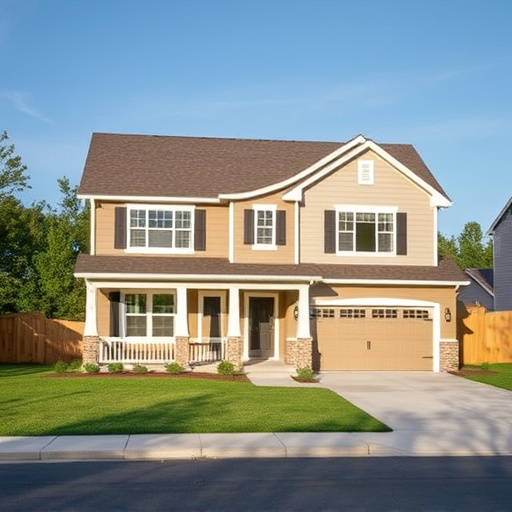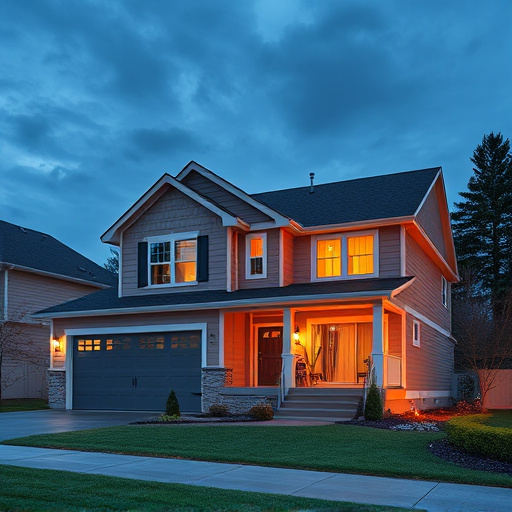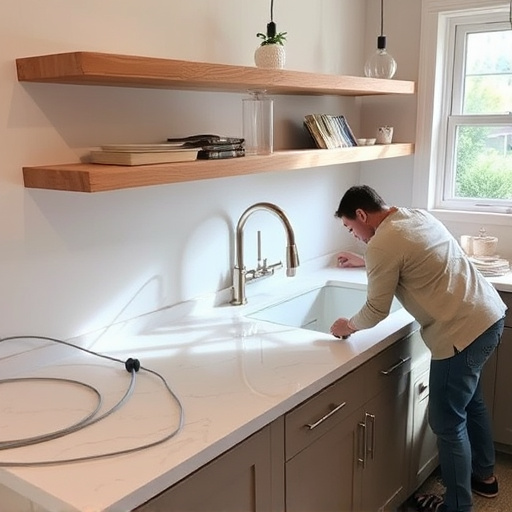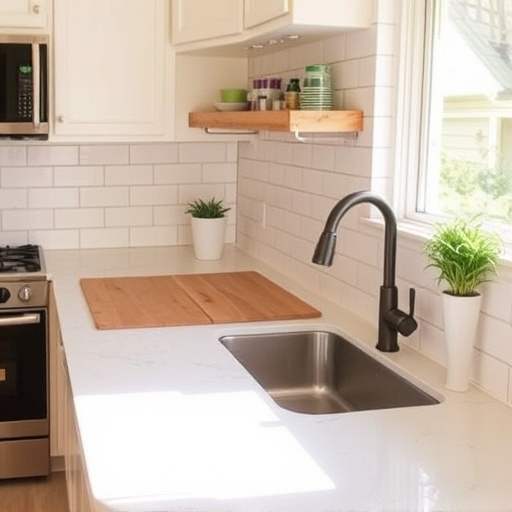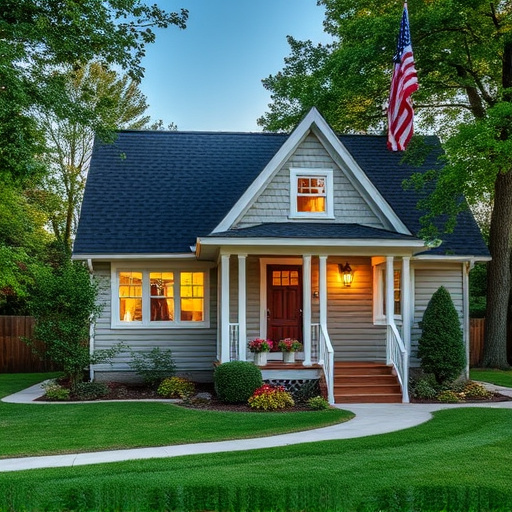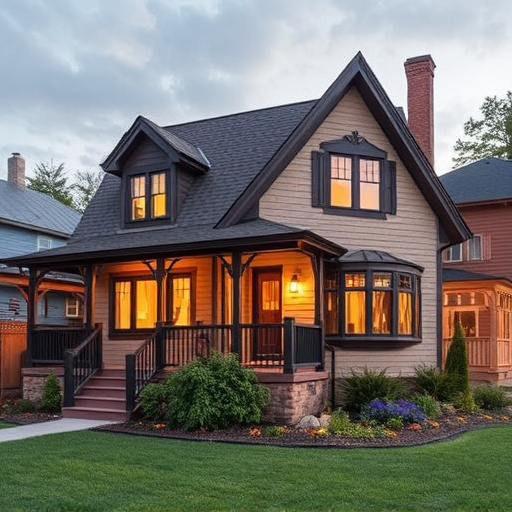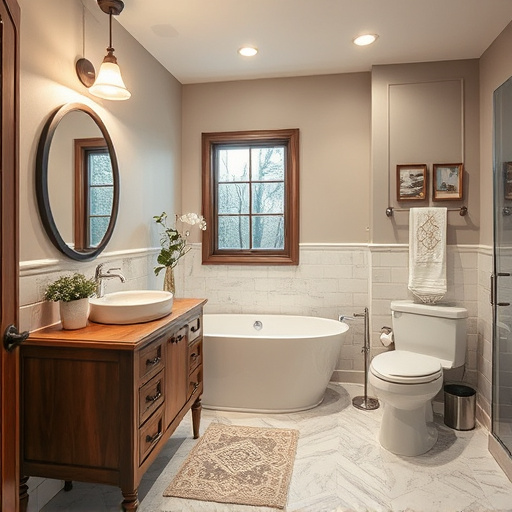In recent years, cabinet design has shifted towards sustainability, driven by consumer demand for eco-friendly options. Traditional materials like wood have been replaced by alternatives such as recycled metals, bamboo, reclaimed wood, and sustainable plastics, offering reduced environmental impact and unique visual appeals. Designers are adopting innovative manufacturing techniques like 3D printing and precision engineering to minimize material waste and emphasize modularity for easier disassembly and recycling. This trend merges style, functionality, and environmental responsibility in home renovation, with materials like bamboo and reclaimed wood gaining popularity due to their durability and health benefits from lower VOC emissions.
The future of cabinet design is sustainable, innovative, and circular. As consumers increasingly demand eco-friendly options, designers and manufacturers are responding with creative solutions. This article explores the trending shift towards eco-friendly materials, delves into innovative designs for space efficiency and waste reduction, and examines the transformative potential of a circular economy model. Discover successful implementations, case studies, and the role of smart technology in shaping the future of cabinet design that meets both style and sustainability goals.
- Trending Towards Eco-Friendly Materials: The Shift in Cabinet Design
- – Exploring the demand for sustainable materials
- – Popular eco-friendly alternatives in cabinetmaking
Trending Towards Eco-Friendly Materials: The Shift in Cabinet Design
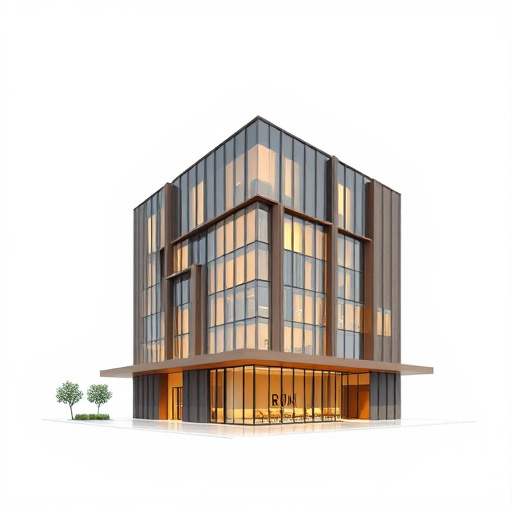
In recent years, there’s been a noticeable shift in cabinet design towards eco-friendly materials, reflecting a broader trend within the interior design industry. Consumers are increasingly conscious of sustainability and this awareness is directly impacting their choices when it comes to home renovation and kitchen remodel projects. Traditional materials like wood, while aesthetically pleasing, often come with environmental footprints due to deforestation and chemical treatments. As such, designers and manufacturers are exploring alternative options, including recycled metals, bamboo, reclaimed wood, and sustainable plastics. These materials not only reduce environmental impact but also offer unique visual appeals that can enhance the overall aesthetic of functional spaces.
This shift is driven by a demand for responsible design practices that minimize waste and promote longevity. Cabinet designers are responding by adopting innovative manufacturing techniques, such as 3D printing and precision engineering, which enable the creation of complex designs using less material. Additionally, there’s a growing emphasis on modularity, allowing for easier disassembly and recycling at the end of a cabinet’s life cycle. These trends signal a promising future for sustainable cabinet design, where style, functionality, and environmental responsibility go hand in hand in the home renovation space.
– Exploring the demand for sustainable materials
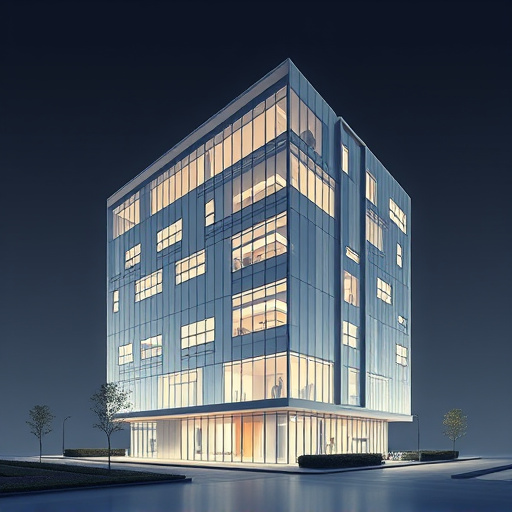
As the world shifts towards a more eco-conscious mindset, the demand for sustainable cabinet design practices is on the rise. Consumers are increasingly aware of the environmental impact of their purchasing decisions, and this extends to their homes as well. In response, cabinet designers and manufacturers are exploring the use of renewable materials, such as bamboo, reclaimed wood, and recycled metal, to create durable and aesthetically pleasing cabinets that reduce the carbon footprint. This trend not only aligns with growing sustainability goals but also offers a unique selling point for renovation services and multiple room remodel projects.
The integration of sustainable materials in cabinet design goes beyond aesthetic value; it also ensures better indoor air quality due to reduced chemical emissions, making homes healthier for occupants. As homeowners look into home renovation projects, they are increasingly considering the long-term benefits of eco-friendly cabinets. This shift in consumer behavior is driving innovation within the industry, pushing designers and artisans to develop new techniques and sources that further enhance the future of sustainable cabinet design practices.
– Popular eco-friendly alternatives in cabinetmaking
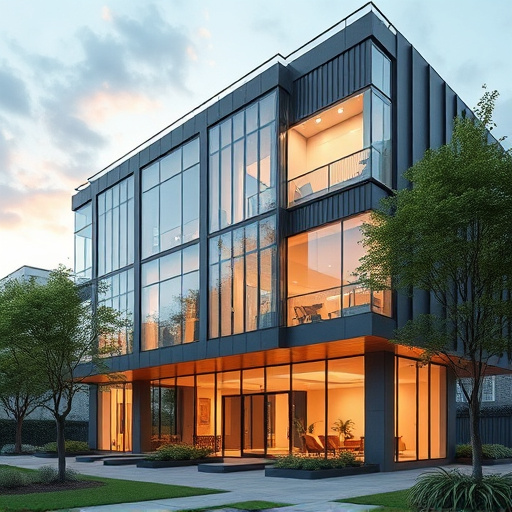
In the realm of cabinet design, sustainability is no longer a niche concern but a core principle. Popular eco-friendly alternatives in cabinetmaking include materials such as bamboo, reclaimed wood, and certified sustainable lumber. These options not only reduce environmental impact but also offer unique aesthetic appeal, bringing nature indoors. For instance, bamboo cabinets are known for their durability and fast growth rate, making them a sustainable choice that’s gaining traction in both residential and commercial spaces.
When embarking on multiple room remodel, home additions, or home transformations, designers and builders are increasingly opting for these eco-conscious materials. They contribute to a holistic approach where the entire home becomes a harmonious blend of style and sustainability. Additionally, these alternatives often come with health benefits, as they typically emit fewer volatile organic compounds (VOCs), improving indoor air quality. This shift towards sustainable cabinet design practices is not just a trend but a necessary step towards a greener future for our homes and planet.
As we look towards a more sustainable future, the cabinet design industry is undergoing a transformative journey. By embracing eco-friendly materials and innovative practices, designers are not only meeting the growing demand for green solutions but also creating cabinets that are both aesthetically pleasing and environmentally responsible. This shift not only benefits the planet but also ensures that our living spaces are healthier and more harmonious. The future of cabinet design lies in balancing form with function, all while preserving our natural resources for generations to come.
